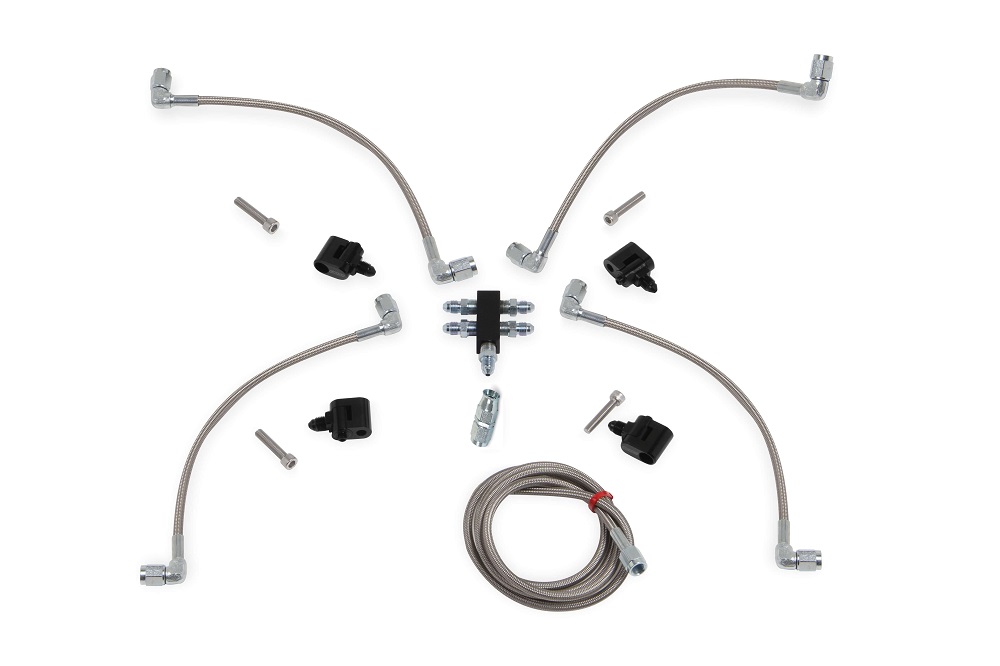LS Engine Steam Tubes: Everything You Ever Wanted to Know
Steam tubes are perhaps the most ignored component of an LS engine, but they can cause some serious issues.
Most people reading this likely have a good bit of experience building or modifying LS engines. Thus, it’s probably likely that you’ve wondered at least once why they have steam tubes plumbed into the cylinder heads. And even if you’re aware of the logistical reasons behind these tubes, did you know that stock ones can eventually cause problems including overheating, detonation, or pre-ignition?
If not, Holley Performance and their subsidiary, Earl’s Performance Plumbing are here to break it down for you in this nifty video. This lesson begins with an explanation of how GM’s small blocks have evolved in this department. “In the original small block and big block Chevy engine, coolant first flowed through the engine before exiting through the thermostat housing,” explained Holley’s Jeremy Stoermer. “It was located at the top of the intake manifold.”
“In an LS engine, however, the thermostat is in a water pump housing,” Stoermer continues. “It’s located much lower on the engine. With the LS design, the temperature and flow of the coolant are regulated before the coolant ever enters your engine.” This, as it turns out, can be a bit of a problem. “The catch is that with LS engines, the thermostat is positioned at a point lower than most other coolant passages in the engine itself.”
Like air bubbles trapped in brake lines, this can cause some major problems. “Any air that enters the system can get trapped, forming bubbles in the coolant. These bubbles can accumulate over time. And they form a pocket of air that actually prevents the continuous flow of the coolant. These hot spots can cause overheating problems. And more serious issues like detonation and pre-ignition within the cylinder that will eventually cause damage to your engine.”
GM obviously knew this could become a problem. Which is why they added steam ports to LS cylinder heads to remove any trapped air. Earlier LS engines utilize four ports, two in the front of the heads and two in the rear. Later engines utilize two ports at the front of the heads. Either way, Earl’s offers upgraded steam tube kits with adjustable port adapters. They’re obviously better looking than the factory pieces, but they’re also more flexible and made from superior materials.
Most importantly, Earl’s steam tubes reportedly “allow coolant to flow to the highest points of the engine, removing any trapped air and helping to keep your engine running cooler.” And as anybody with a modified engine knows, keeping things cool under the hood is critical to repeatable performance. Especially in boosted applications. So perhaps these seldom talked-about steam tubes are worth a closer look, no?
Photos: Earl’s Performance Plumbing




